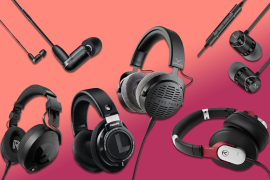Google Pixel Buds A-Series review
Back to basics 'buds: A or Nay?
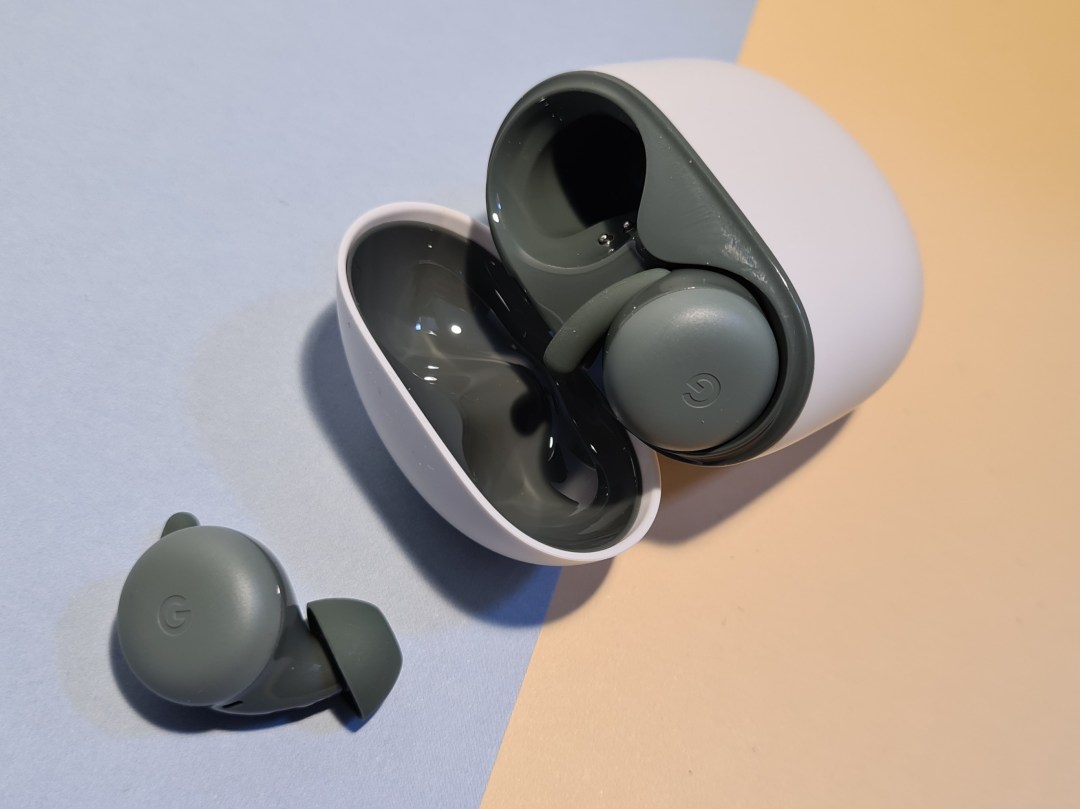
Stuff Verdict
This simpler set of wireless in-ears strike a better balance between price and features than Google’s last effort. The Pixel Buds A-Series lack isolation and won’t fit comfortably in all ears, though.
Pros
- Clean and balanced sound
- Fast pairing and slick software
- Competitive price
Cons
- No wireless charging
- Poor sound isolation
Introduction
You might think the A stands for affordable. Google won’t say for sure, but that’s always been the case with the Big G’s Pixel smartphones – and now a set of wireless earbuds continues the trend. The Pixel Buds A-Series aim to right some of the wrongs found in the now-retired Pixel Buds 2, while coming in at a more affordable price that might just give Apple’s all-conquering AirPods some sleepless nights.
That meant doing without a few key features expected from the more premium end of the earbud spectrum, but does that matter when convenience is king? Fewer frills can sometimes be a good thing. And now, several years on from launch, does a lack of noise cancelling put them on the back foot compared to the affordable competition?
Review originally published 7 June 2021
How we test headphones
Every pair of earphones and headphones reviewed on Stuff is used for a minimum of a week’s worth of daily listening. We use a playlist of test tracks made up of multiple genres to assess sound, and use our years of experience to compare to other models. Manufacturers have no visibility on reviews before they appear online, and we never accept payment to feature products.
Find out more about how we test and rate products.
Design & build: round and proud

Look familiar? The A-Series are all but indistinguishable from the first Pixel Buds, with colour being the major clue. It’s either white or green this time around, instead of a choice of four. The inside of the charging case even gets in on the action with a matching hue.
The buds themselves haven’t changed all that much. They’re the same low-key circles that sit neatly on your ears, without any dangly bits like Apple’s Airpods. There’s a touchpad on each one, with one, two and three taps to play/pause and skip tracks, but the (admittedly fiddly) volume control seen in the more expensive Buds has been removed.
Each one has a silicone anchor meant to keep them locked in place while you’re on the move, and are both softer and smaller than the previous Buds. Still, not everyone will find them comfortable. You can’t detach them, and twisting to get a good fit can sometimes have a negative effect on sound quality. Google would go on to find a more comfortable shape with the Pixel Buds Pro in 2022, though arguably these have a more secure fit. At least there’s three different sizes of rubber ear tips to help find the best seal.
IPx4 water resistance is a worthwhile inclusion for fitness freaks, and should be enough to stop sweat from causing damage.
The all-plastic case still looks like a pebble and feels smooth to the touch. There’s just a single charging LED this time around, on the outside of the case, which changes from white to orange when the battery level drops into the danger zone. It’s USB-C or nothing, as wireless charging has been ditched in order to bring the price down. That’s a shame, seeing as there are plenty of true wireless rivals that have managed to include it.
Expect five hours of playback from the buds, with the case adding a further 24 hours before you’ll need to find a plug socket. This is on par with Apple’s AirPods, but behind the curve when you start to shop around.
Features: hear to assist you
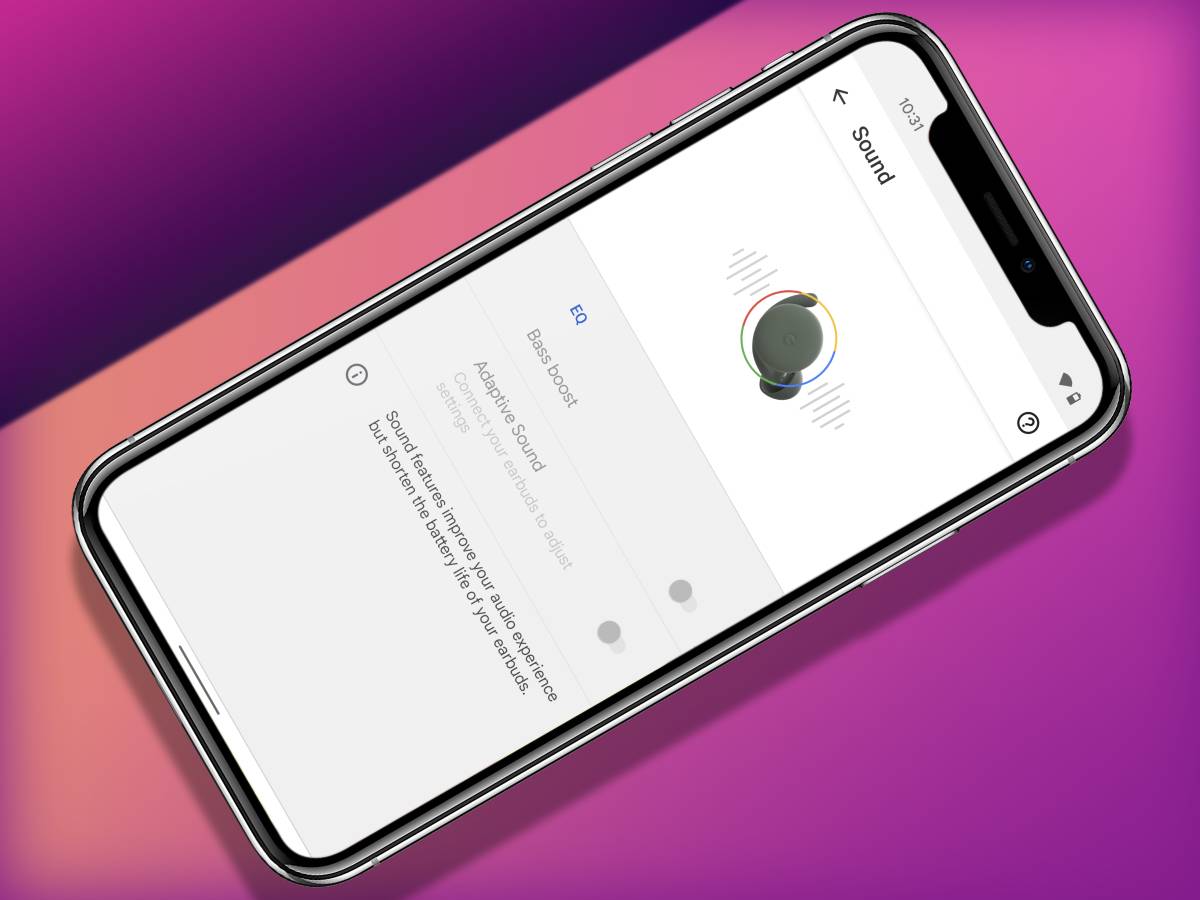

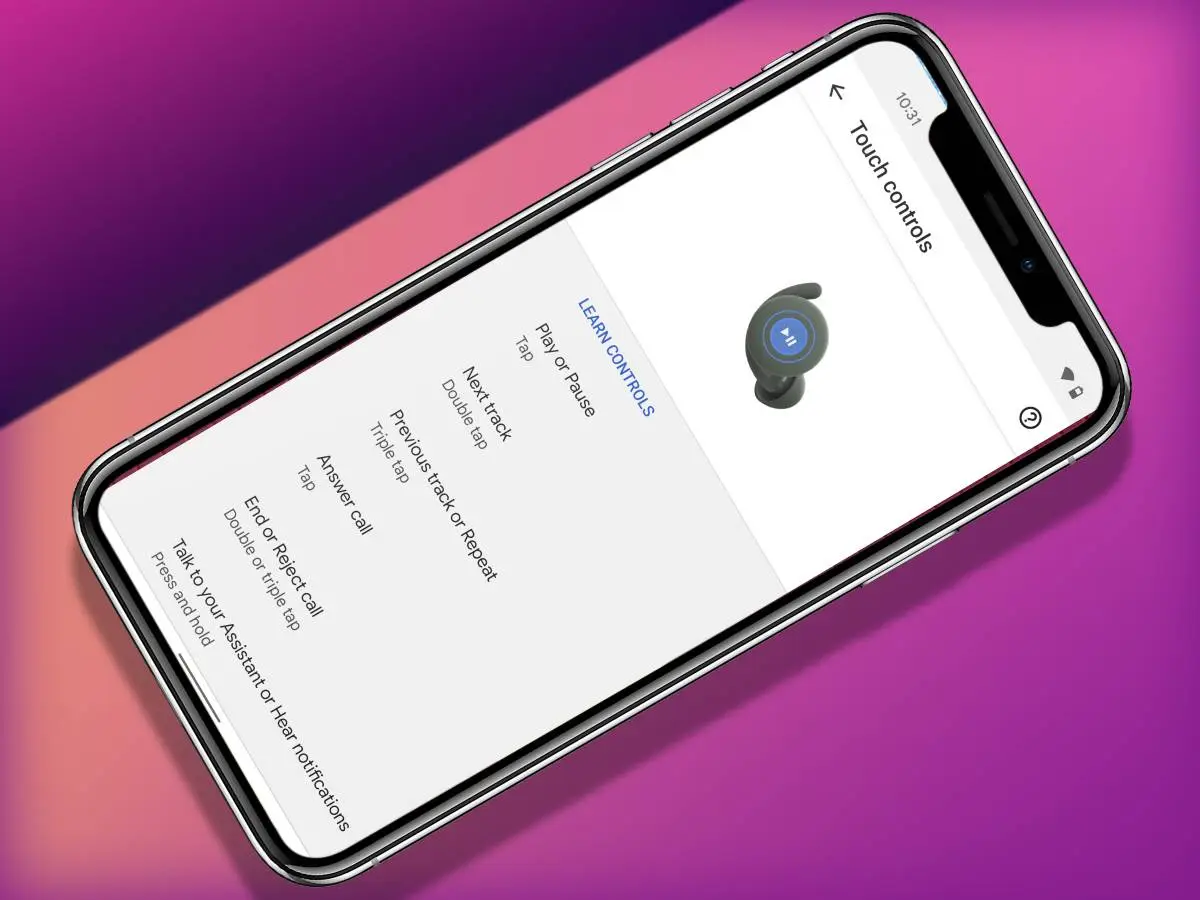
Getting connected on an Android device is as easy as lifting the lid on the case: Google Fast Pair will throw up a notification and perform a digital handshake with one tap. Apple used to have the slickest pairing system, but now it’s a dead heat.
Got a Pixel phone? You won’t even need to download the companion app, which lets you tweak the touch controls, adjust EQ settings, and set up Google Assistant. It’s fully integrated, meaning you can ask the Buds anything you’d normally shout to your phone, or a Nest Hub smart speaker. Assistant can read out notifications as they come in, and you can send spoken replies without fishing your phone from a pocket. Only Apple’s Siri integration is quite so comprehensive, giving the Buds an edge over third-party rivals like Samsung and Bixby.
Active noise cancellation is absent. That wasn’t as much of a gut-punch at launch, given the more affordable price, but in 2024 you can find plenty of sub-$100/£100 alternatives with ANC. Google’s Adaptive Sound function aims to make up for it, raising the volume automatically as the ambient sound levels increase.
It works to an extent – say moving from an office to a busy break room (remember those?) – but the volume yo-yos when you step outside and noise is more variable. It’s more irritating than helpful, especially when walking along roads with passing traffic, and I quickly disabled it.
Sound quality: in the balance
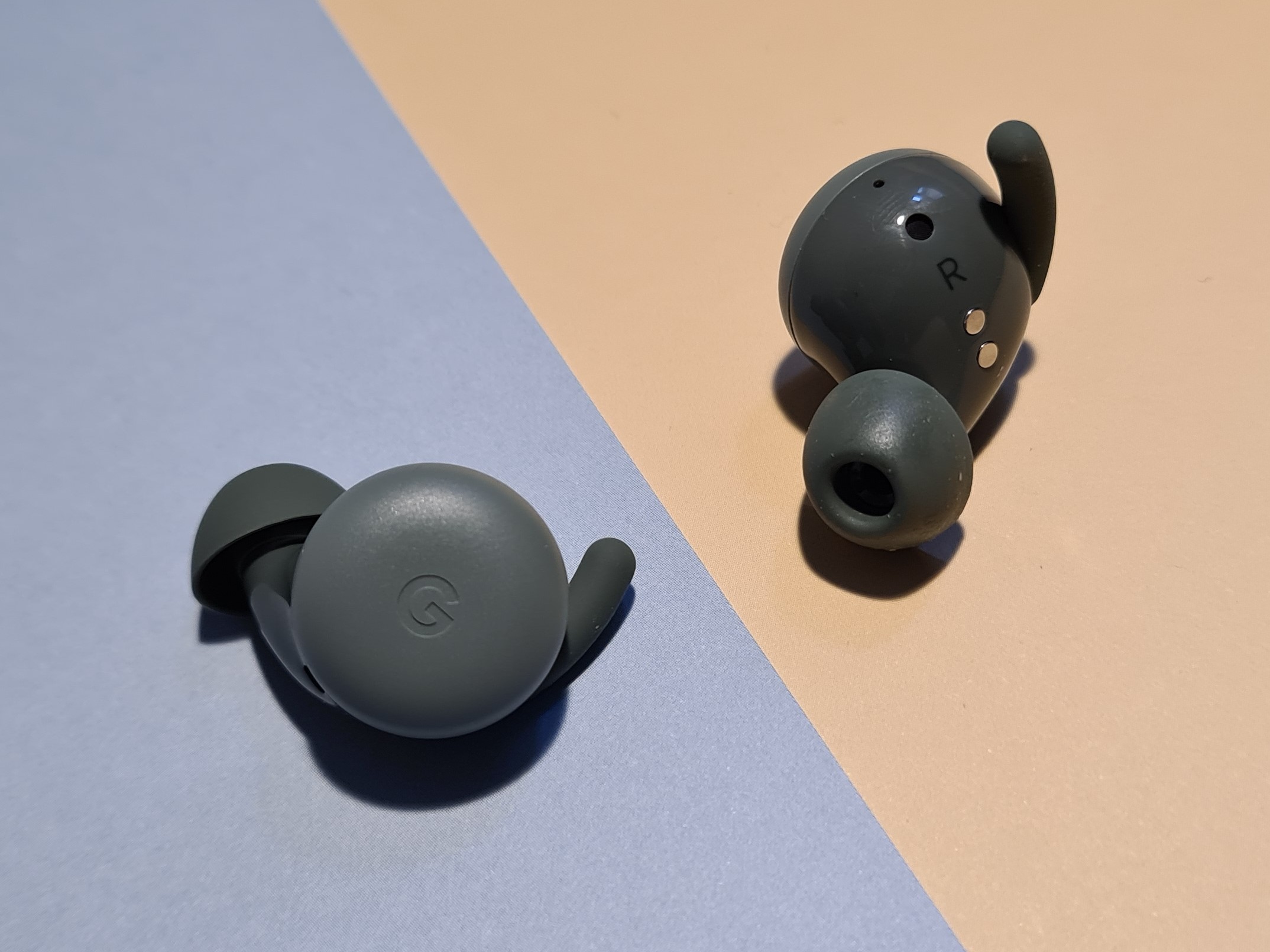
Just like before, the A-Series Buds use “spacial vents” that are supposed to make for a gentler seal than other in-ears and create a wider soundstage, at the expense of letting in some ambient noise. I could listen for hours without any comfort issues, and there’s definitely a greater sense of spaciousness compared to rivals – but you lose some precise detail at comparative volume. You’ll also want to crank it higher to block out exterior noise.
As with the last effort, the 12mm dynamic drivers deliver clear, well-balanced audio that does great justice to all musical genres. High-end frequencies are clean and detailed, and while bass has good presence, it doesn’t overwhelm the mix like some low-end-heavy alternatives do. There’s no fine-grain EQ control, just a bass boost that only true bass-heads should reach for. Everyone else will appreciate the slightly more neutral standard tuning, which might not punch above its weight in terms of outright clarity, but is very good for the price.
Wireless connectivity could be hit-or-miss on the 2020 Buds, but things seem much improved here, with few dropouts that only occurred while on the move in areas with lots of wireless interference.
Voice calls don’t suffer from losing the extra sensors found in the second-gen Pixel Buds, which detected vibrations from your jawbone and cut background noise automatically. The two beamforming microphones still pick up background audio, but none of the callers I spoke to had any complaints about clarity.
Google Pixel Buds A-series verdict
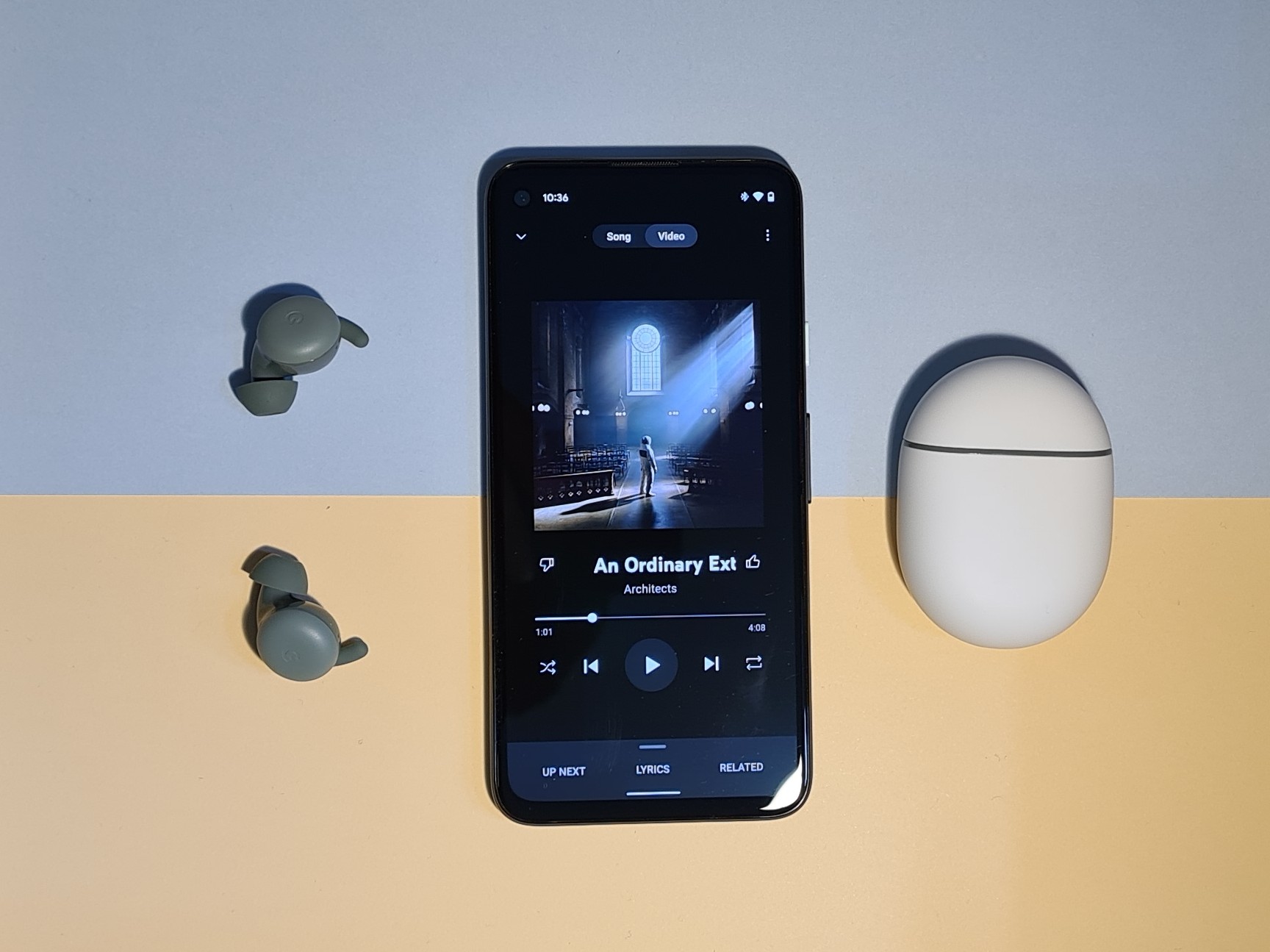
The A-Series sound just as good as the second-gen Pixel Buds, but cost half the price. At £99, you could more easily forgive the lack of active noise cancellation – in 2021, anyway. A few years later, these ‘buds have a somewhat anaemic feature list compared to many rivals.
The lack of wireless charging is a blow, with more recent models such as Samsung’s Galaxy Buds FE including it for the same price. The contemporary Cambridge Audio Melomania 1+ managed better sound isolation, and quality, for not much more. The deep Google Assistant integration is hard to beat, though. Unless you have the cash for Google’s own, newer, Pixel Buds Pro.
Google Pixel Buds A-Series technical specifications
| Drivers | 12mm dynamic |
| Microphones | dual beamforming |
| Durability | IPX4 |
| Battery life | 5 hours (earbuds) 24 hours (case) |
| Connectivity | Bluetooth 5.0 (earbuds), USB-C (case) |
| Dimensions | 21x29x18mm, 5g (earbuds) 63x47x25mm, 53g (case) |
Stuff Says…
This simpler set of wireless in-ears strike a better balance between price and features than Google’s last effort. The Pixel Buds A-Series lack isolation and won’t fit comfortably in all ears, though.
Pros
Clean and balanced sound
Fast pairing and slick software
Competitive price
Cons
No wireless charging
Poor sound isolation



